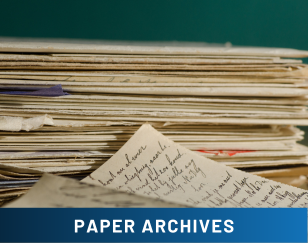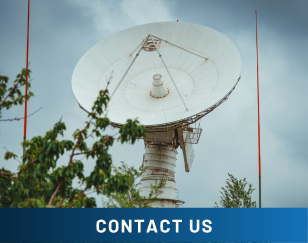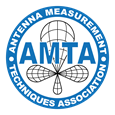Member News
2025 AMTA Membership Survey - Please Vote By December 31 Deadline!
11/5/25
Please join us in congratulating our two new AMTA 2026 Board of Directors!
10/9/25
Board Welcomes the Newest AMTA Node in China!
10/7/25
AMTA Distinguished Speaker Award (2026-2027) Announcement
10/6/25
Board Welcomes the Newest AMTA Node in Michigan!
10/1/25
Congratulations to 2025 AMTA Edmond S. Gillespie Fellows and Senior Members
If you don't recall your login credentials or AMTA number - PLEASE DO NOT CREATE A NEW PROFILE AS THIS CAUSES SEVERAL ISSUES.
- Forgot your password: Click the Reset Password link and a reset link will be sent to your email. For security purposes, AMTA staff cannot view passwords.
- Don't remember your username? Please email help@amta.org and provide your name and contact information. We will respond within one business day.
- Has your email changed? Please email help@amta.org with your name and new email. We will update your existing record within one business day.
If your membership has lapsed, you may renew your membership here.
Have you opted into the AMTA email distribution list? GDPR and CASL anti-spam legislation requires that an individual opt into marketing messages. To make sure you are included on all AMTA communications, log in and go to Profile < Settings < Email Settings < Confirm the setting is set to Yes.
Event News
Join Us for the next AMTA Webinar on December 18, 2025!
The Recording for the August 21 AMTA Webinar is Now Available!
Beware Event & Hotel Phishing Schemes - CLICK HERE
Test
Test
Test
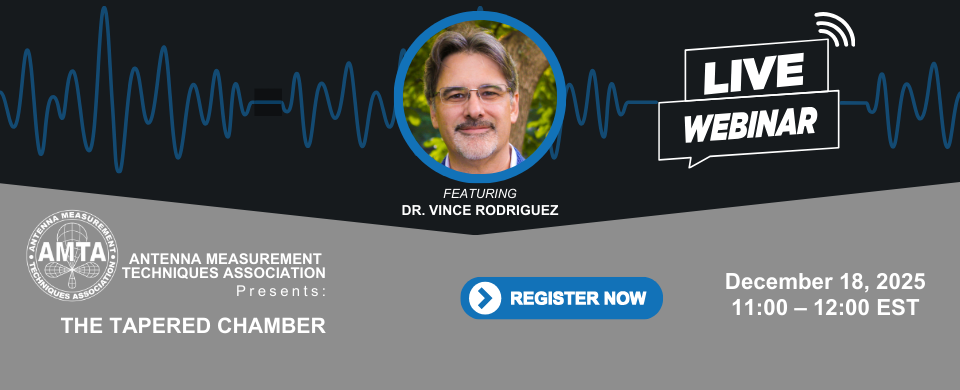
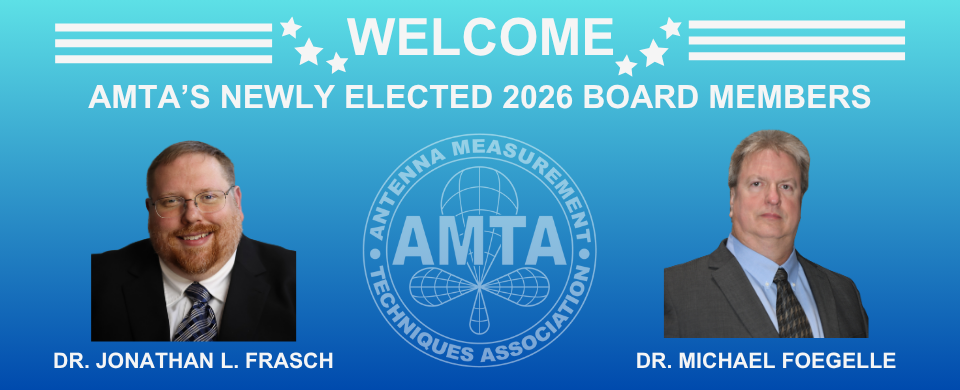
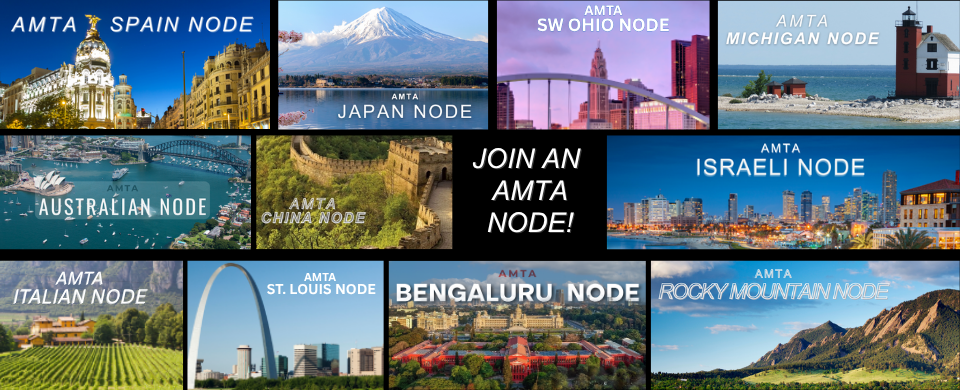
.png)

